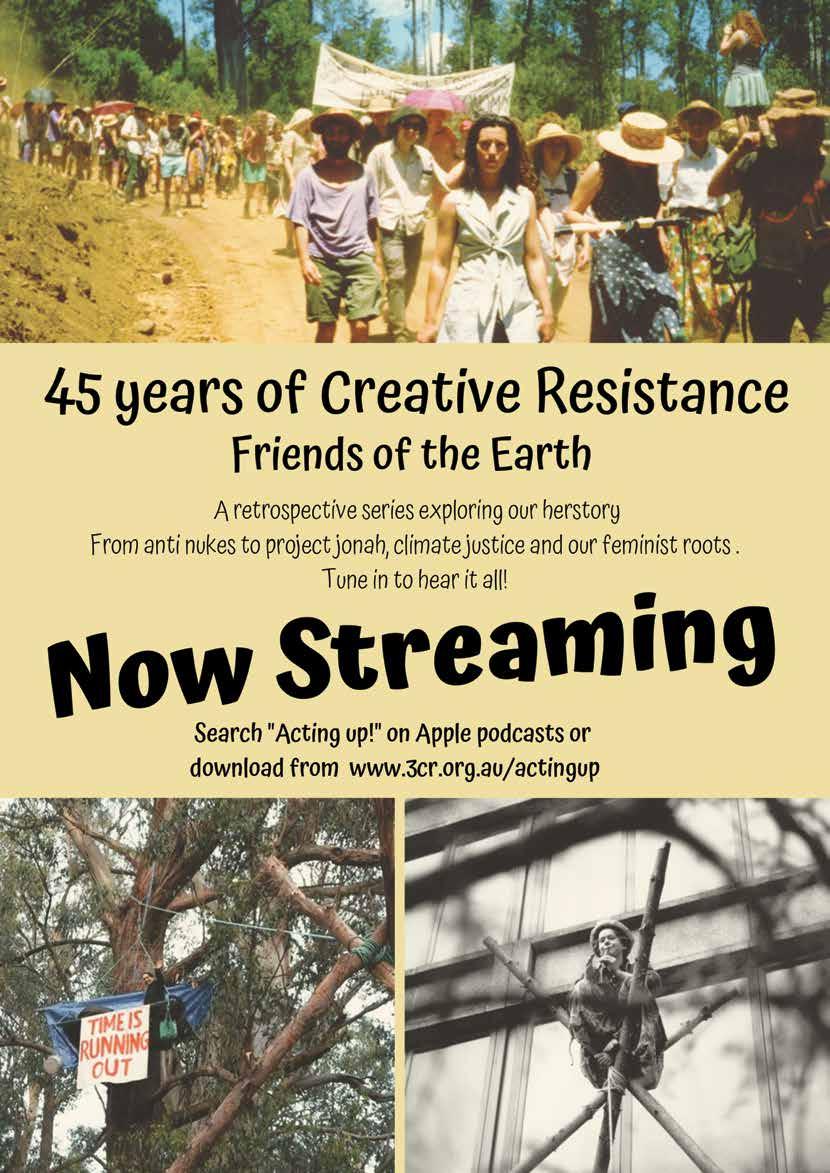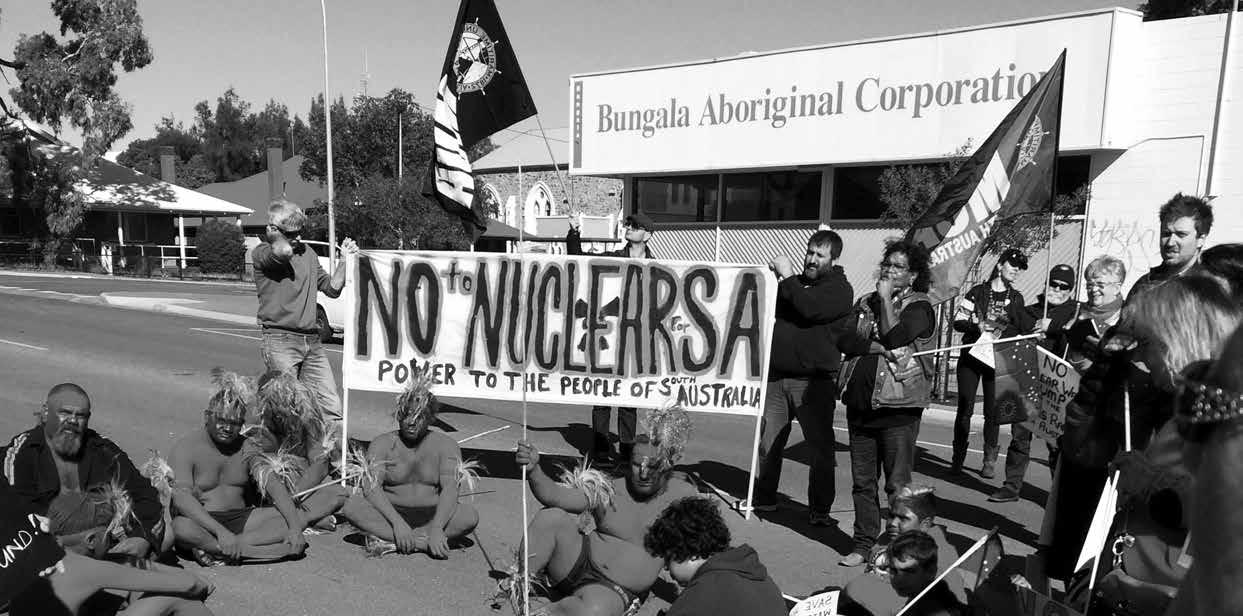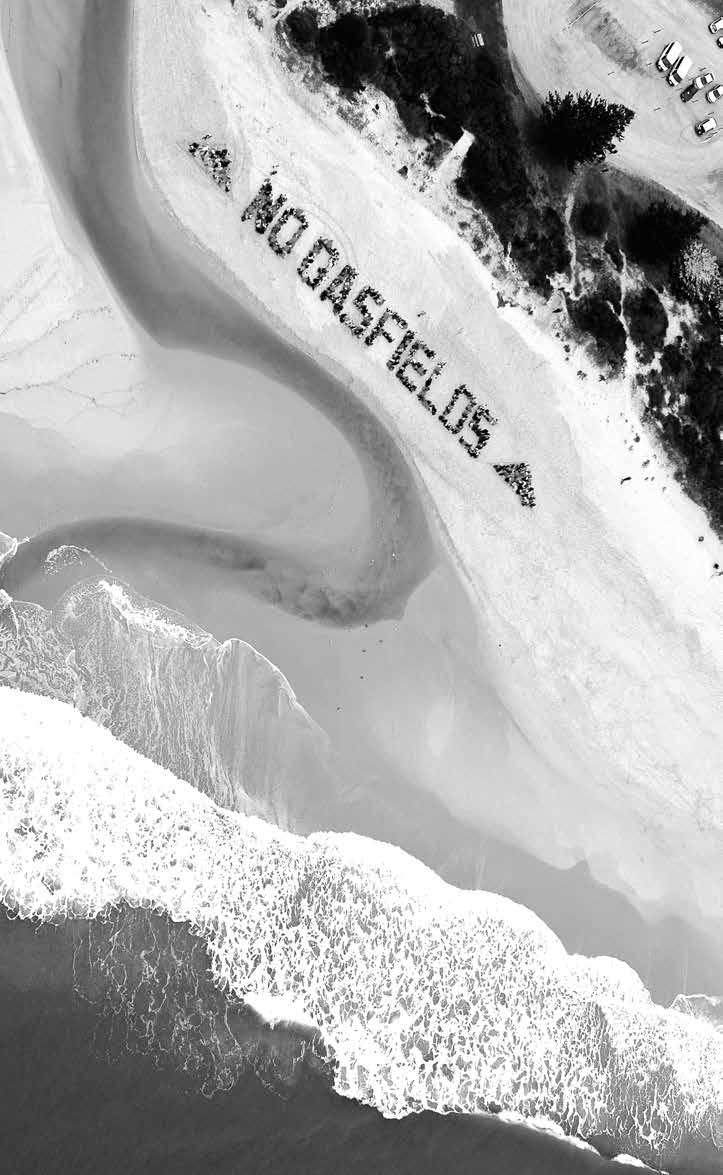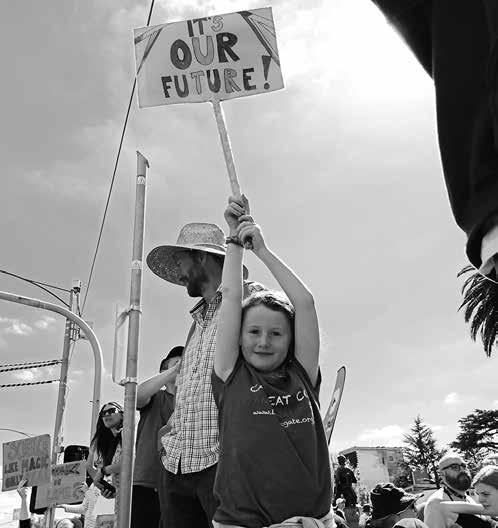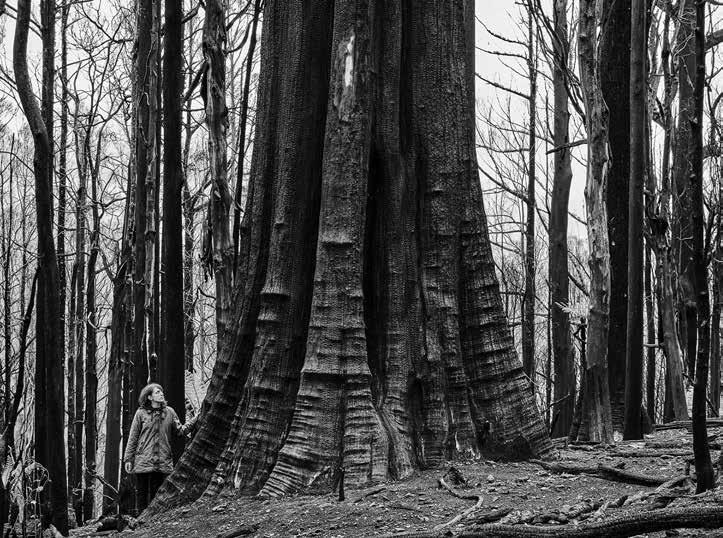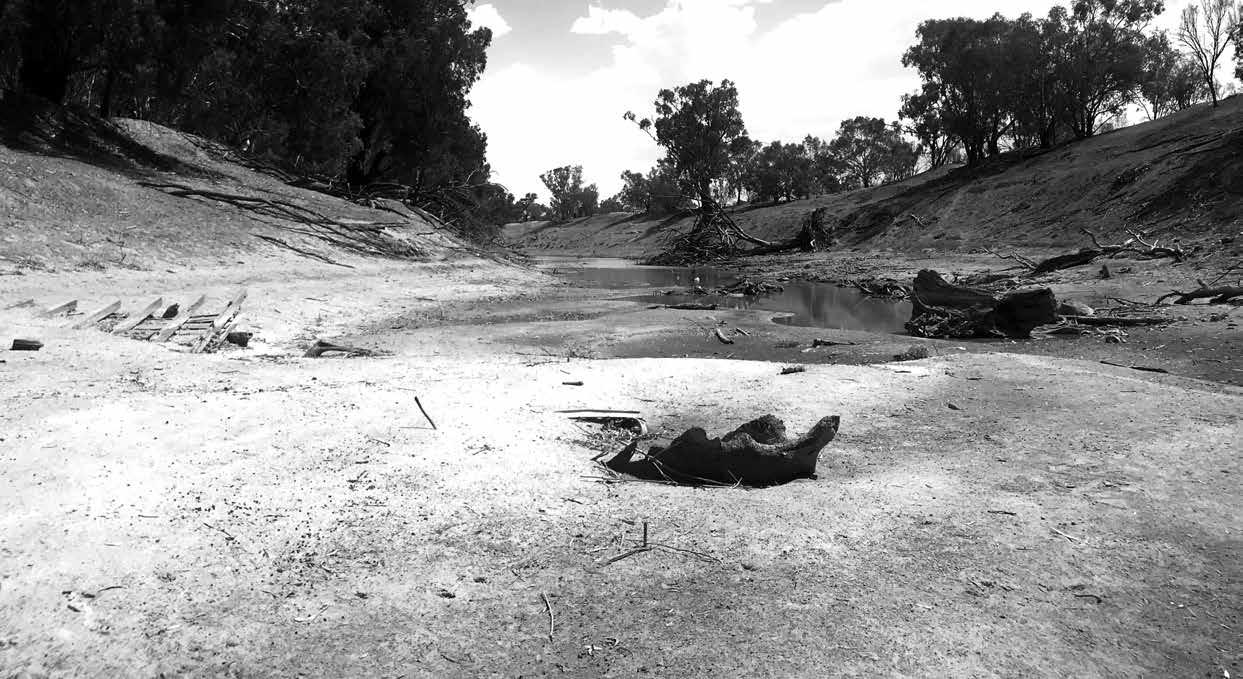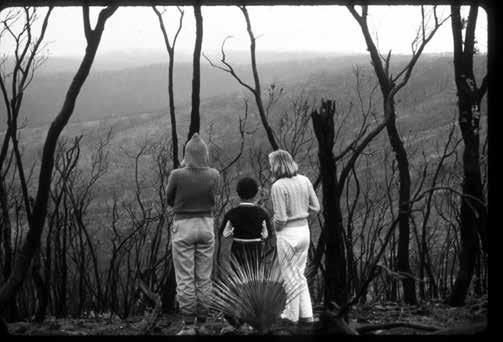Towards a national offshore wind strategy for climate action: Opportunities and challenges Pat Simons
While Australia remains caught in a culture war over action on climate change, the opportunity to kickstart a domestic offshore wind sector could be key to rapidly cutting emissions and creating a new source of good blue collar jobs in the regions. Over the past decade offshore wind has emerged as a mature industry in the northern hemisphere, particularly in Europe and parts of North America. In the UK, the government has inked a multi-billion dollar deal to guarantee the country gets 30% of its electricity from offshore wind by 2030. In the US the New York State’s Offshore Wind Master Plan has laid a pathway to building 2 gigawatts of new offshore wind projects, with plans to secure domestic manufacturing and unionised jobs on every project. Australia’s renewable energy sector has long been dominated by onshore wind, and more recently solar, but has no existing offshore wind projects, supply chain or legal framework at the state or national level. That is now changing. After much delay by the federal government, marine studies are finally getting underway into the country’s first offshore wind farm the Star of the South proposed for Gippsland South in Victoria’s east. It was only through public pressure from Friends of the Earth and the Maritime Union of Australia this was made possible, but a key barrier remains the lack of any legislation for the sector as a whole. During the height of the summer bushfires consultation was announced for a draft offshore wind regulatory framework, with consultation closing in February. As might be expected from a government that has been no friend to action on climate change, the draft framework is a hands-off, market-led approach. This is completely inadequate if Australia is to seize the significant benefits offshore wind represents for the energy system, jobs and climate action. What follows are key steps state and federal governments could undertake to make Australia a leader in offshore wind.
Put climate front and centre of building offshore wind After experiencing the most disastrous bushfire season in living memory, there is no doubt we are living in a time of climate crisis. We need to rapidly reign in emissions as a society here and
28
Chain Reaction #138
May 2020
now. The opportunity to build an offshore wind sector in Australia would supercharge the country’s efforts on climate change. The Star of the South project alone has the potential to power 1.2 million homes with renewable energy. Its total generation capacity is comparable to the Hazelwood coal fired power station that closed on the 31st March, 2017. Building the project would create 2,000 direct jobs during the construction phase, around 300 jobs ongoing presents opportunities for local manufacturing, and will have flow-on economic benefits. At a time when the region’s aging coal fired generators are likely to close, this would provide an entirely new source of reliable electricity supply for Victoria and blue collar jobs in the Latrobe Valley. Because offshore wind farms can be built using taller towers and larger components, they can access higher and more stable wind speeds at sea. This is why the International Energy Agency now considers offshore wind a form of ‘Variable Baseload’ – meaning it has potential to replace coal in the energy grid alongside onshore wind and solar and energy storage. With Australia heading towards 50% renewables by 2030 based on business as usual, offshore wind would be a steep change in efforts to cut emissions. So the lack of reference to climate change in the draft national framework is a staggering omission – offshore wind could be front and centre of efforts to cut emissions and deliver a fair just transition for workers in the fossil fuel sector.
Assess the best places for offshore wind, and mobilise the Clean Energy Finance Corporation to help fund projects Placing emission cuts at the centre of offshore wind policy gives governments strategic focus to proactively build the sector, and maximise the economic benefits for the community. For example, the federal government could undertake a national strategic assessment of offshore wind zones mapping offshore wind resources and identifying the best places to build projects to plug into the grid, minimising impacts on sensitive marine ecosystems. This is an approach many other countries with successful offshore wind industries, such as Denmark and the UK, have embraced. Currently this would be up to the private sector – likely to act as a barrier to entry to new projects, slowing decarbonisation of the electricity system.The Clean Energy Finance Corporation’s remit could be expanded to include offshore wind so it can help fund the sector at this early stage, as it has done successfully with onshore wind and solar, securing billions of dollars in public finance.Skills and training packages could be delivered by a Just Transition Authority to ensure communities like the Latrobe Valley, and workers in the existing coal, oil and gas industries are able to access jobs in offshore wind. These are the kinds of opportunities the Morrison government is failing to seize.
We need a dedicated offshore wind agency – not a fox in charge of the hen house The most concerning element of the draft framework is the proposal to put the offshore oil and gas regulator, the National Offshore Petroleum Safety and Environmental Management Agency (NOPSEMA), in charge of regulating offshore wind.


